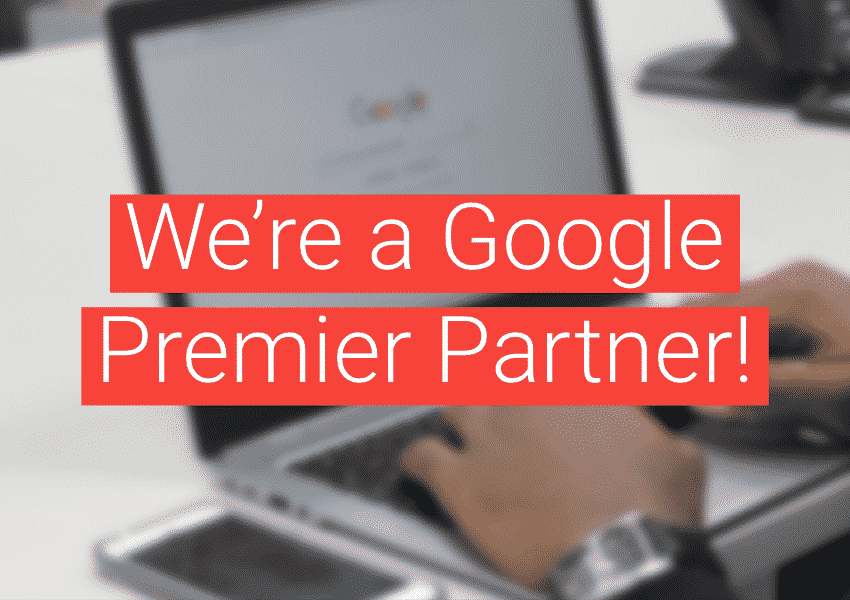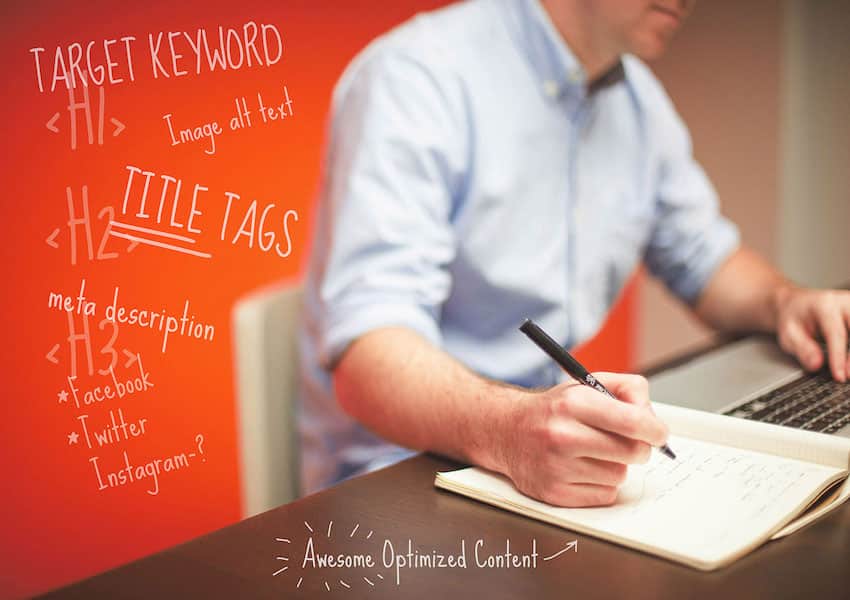🎬 Catch the full conversation! Our SEO experts go deeper in this session—click below to watch on YouTube and get all the insights.
We recently gathered leading experts in digital marketing for a session focused on filling a crucial need in our community: more positivity in the realm of Marketing ReCharge.
The topic dominating conversations today is, unsurprisingly, AI SEO.
The insights shared by our panelists offer both reassurance and a clear roadmap for the future.
Jeff Wallace (SEO Strategist at Outliant, with decades of experience and a current focus on franchise SEO)
Anton Monteleone (SEO Specialist at Pure Visibility, focusing on content strategy for LLMs and Google search)
Tarun Gehani (SEO Director at Pure Visibility, known for his strategic and holistic approach to AI visibility and website optimization).
Here are a few important points about how businesses, marketers, and SEO professionals can adapt without sacrificing the tried-and-true fundamentals.
The Biggest Myth: Has SEO Fundamentally Changed?
When asked how SEO is different today compared to five years ago, the consensus among our experts was striking: It isn’t. Well, not that much, at least.
While user behavior has undeniably changed, requiring us to adapt our platforms and approach, the foundational principles remain true. If you’ve been working on a website and following Google updates, the effort required to be visible in AI search today involves (essentially) the same things you would have been doing in years past.
“The biggest myth I would like to dispel is that… we need to rewrite the whole playbook and start from scratch and do a lot of drastically different things.”
The three-legged stool of good SEO—making sure content is searchable, findable, and relevant—still matters.
However, there is a key shift: customer expectations. People no longer want long, drawn-out pages; they are accustomed to immediate answers.
Decoding the New Acronyms: AEO and GEO
Marketers are bombarded with new terms, but our panel emphasized that these acronyms are often just new ways of describing foundational strategies.
- AEO (Answer Engine Optimization): This refers to showing up in all the “random little things that Google will throw out,” such as Featured Snippets, People Also Ask boxes, or FAQs. This approach is about playing Google’s game by providing simple, easily deliverable answers to give the user that instant gratification they expect.
- GEO (Generative Engine Optimization/Experience): This term is generally used for optimizing for AI platforms (like ChatGPT or Google’s Gemini). Unlike AEO, which is often fact-based, GEO is context-based and conversational. It depends on what the user has said prior to the query.
The good news? The optimization techniques for these new engines are rooted in the same fundamental practices we’ve always used.
The Crucial Balance: Technical SEO and Content Quality
In the AI search landscape, technical SEO and high-quality content go hand-in-hand; they are a 50/50 blend.
1. Content Strategy: Going Beyond the General
If you have the most beautiful website with the best content, but nobody can find it, it does you no good. Similarly, if your content isn’t relevant in the age of AI, you won’t appear.
- Focus on Depth and Action: AI overviews (which appear in over 50% of results, and over 70% on mobile) are primarily covering general, top-of-funnel information. If you publish “The Ultimate Guide on XYZ,” the AI likely already has that covered.
- Avoid Becoming “Pre-Chewed Food”: To ward off being totally “disembodied” by AI search, you must shift your strategy to unique, original, middle, or bottom-of-the-funnel content. Focus on specific problems that prompt an action (taking the user from point B to C), as this is where conversions happen.
2. Demonstrating Trustworthiness (H-E-A-T)
Google evaluates content using E-E-A-T (Experience Expertise, Authoritativeness, and Trustworthiness). Today, many are adding an ‘H’ for H-E-A-T (Helpfulness).
A simple way to demonstrate expertise and trustworthiness is to ensure your blog posts or content have an actual author with a bio. This signals that “this person actually knows what they’re talking about”.
3. The Technical Fundamentals
Technical SEO is vital for making your site easily understandable by search engines.
- Organization is Key: Think of your website like a grocery store: if the store is poorly laid out, users (and crawlers) will leave. You must ensure your content is well organized, avoiding unnecessary pages getting in the way (like thank you pages being indexed).
Schema Markup: Schema is often called the “cliff notes of a website” for search engines. Implementing schema helps AIs understand what’s happening on your site.
Given Google’s history with the display network and audiences definitions, and Google’s struggles to get advertisers to expand into channels that are less fruitful for direct response, the burden of proof for the new narrative and PMax results lies with Google. Hiding performance by network and not releasing detailed conversion metrics shows that Google is abdicating this responsibility. And for that reason, advertisers who have been doing this for the last 20 years are well-advised to tread lightly with Performance Max because Google is up to more of the same. PMax is not a PPC panacea.
4. Strengthening Your Brand Signals and Citations
As AI models increasingly pull information from beyond your website, brand strength and citation consistency have become critical ranking factors.
AI and search engines both rely on external validation to determine credibility—essentially, who else says you’re trustworthy?
Citations & Mentions: Make sure your business name, address, and details are accurate and consistent across directories, social media, and partner sites. These citations reinforce trust signals for both Google and AI systems.
Brand Authority: Publish thought leadership content, collaborate with reputable partners, and earn backlinks or mentions from respected industry sources. These external references help AI engines connect your brand to the right context.
Entity Optimization: Think of your brand as an “entity” that search engines need to understand. Use schema markup, consistent messaging, and robust About pages to clearly define who you are and what you stand for.
Strong brand signals not only boost your visibility in AI-generated results but also help safeguard against misinformation or “AI hallucinations” that can misrepresent your business.
Protecting Your Brand from AI Hallucinations
AI hallucinations—where the model makes up information, pulls wrong statistics, or takes one plus one and gets three—are a major concern.
Since we are still in the early stages of AI where tools can give wrong information, it is critical for brands to maintain control of their narrative.
1. Own the Message: Claim all your social profiles and local listings, and issue press releases. Get involved in local subreddits or relevant communities.
2. Ensure Consistency: AI is just a machine reading data. It is essential to take the time to check that your information is absolutely consistent across all platforms (Yelp hours, website hours, Google Business Profile hours). Inconsistencies can lead to misinformation for potential customers and dissolve trust.
3. Citations and Third-Party Signals: AI search tools often rely on third-party signals—not just your own website—as the source of truth. Seek citations and mentions on other reputable sites. Getting your brand message distributed on third-party sites is a strong signal for both traditional SEO and AI SEO.
Measuring Success When Clicks Decline (Zero-Click)
The zero-click experience occurs when a user types a query (e.g., “How tall is the Eiffel Tower”) and gets the answer directly from the SERP, closing the tab without clicking any website link.
This means marketers must recognize that traffic is changing.
Target Action-Oriented Searches: Shift focus to searches that demonstrate high intent (e.g., someone searching for “Ann Arbor Pilates” versus “What is Pilates”). Once a customer knows about your brand (perhaps from a third-party site or an AI mention), your website needs to be ready to seal the deal and facilitate the conversion.
Focus on Conversions: While traffic and users might be down, if your conversions and leads are doing well, “you’re still winning”. Traffic does not inherently make money; conversions do.
Intent-Based Keywords: Analyze keywords that result in an AI overview. While you may want to optimize for these for brand visibility (you want to be listed in the co-working spot list), you shouldn’t spend vast resources on them if they won’t result in a conversion.
Key Takeaways and Resources
Ultimately, our experts offered a reassuring conclusion: Don’t panic. The AI tools are still in their infancy, much like the early days of the internet, lacking filters and safety measures.
If you continue to focus primarily on the fundamental things in SEO, you will still succeed. However, experiment with new strategies and tools.
Expert Recommended Resources:
Tools (Use with Caution): Peec AI, Chat Agent, Profound, Google/Gemini, and Manus. (Note: Be wary of expensive tools promising guaranteed AI “ranking” tips; they often just deliver standard SEO advice.)
SEO Leaders: Mike King, Britney Muller, Lily Ray, Aleyda Solis.
Newsletters/Publications: SEO FOMO, SEJ, SEL, SER.
Ready to Enhance Your Multifamily PPC Strategy?
Reach out to us to discuss how we can tailor a strategy to your unique needs.



